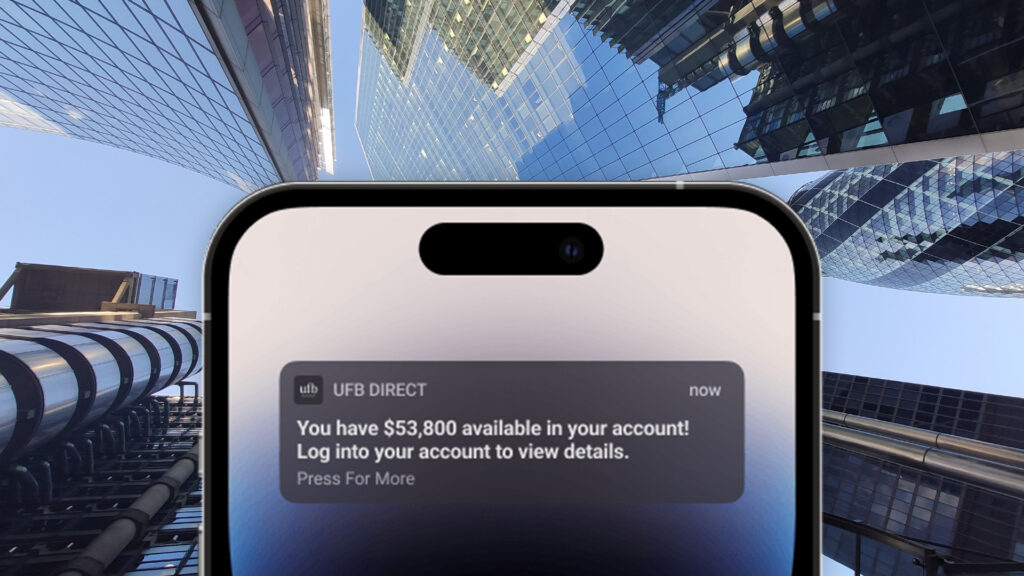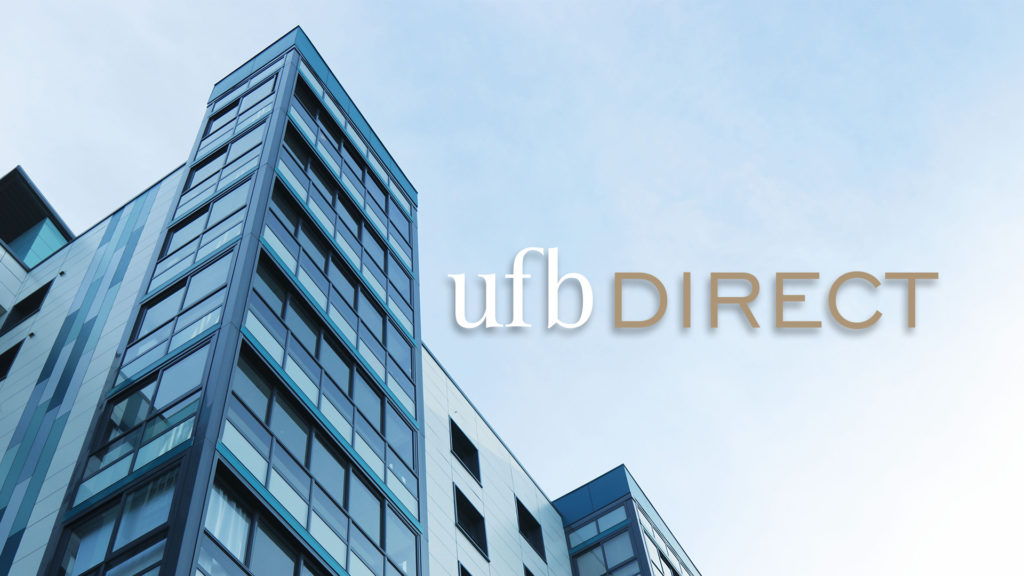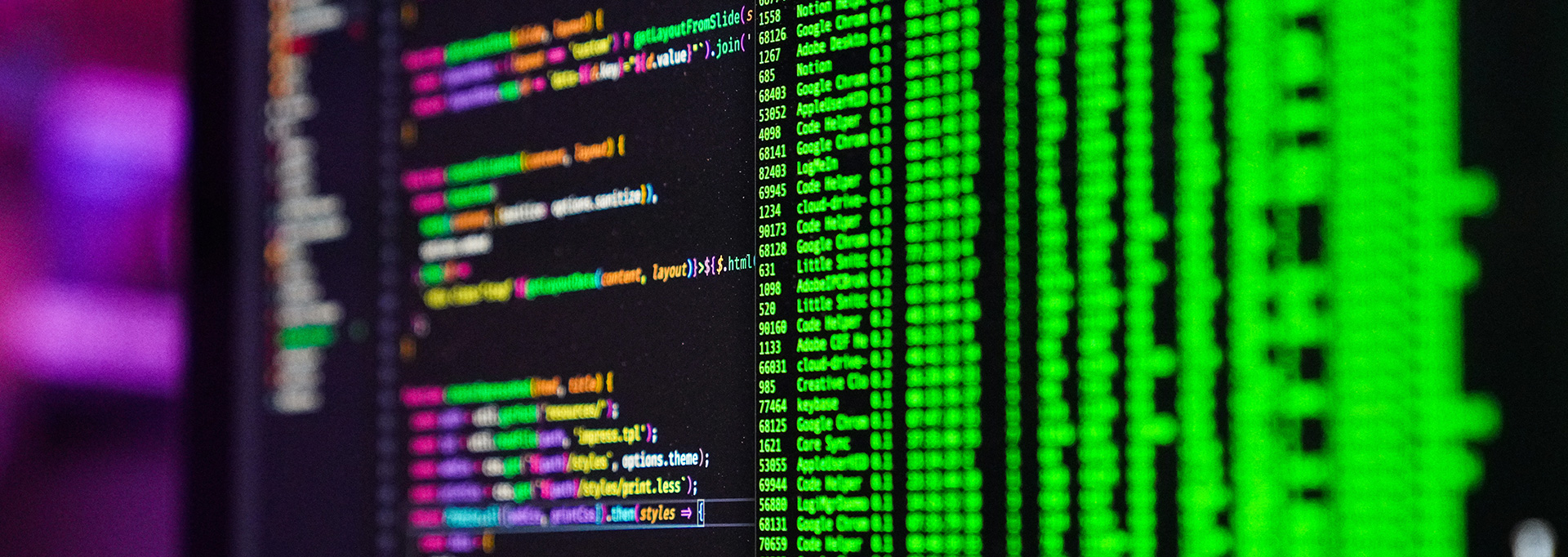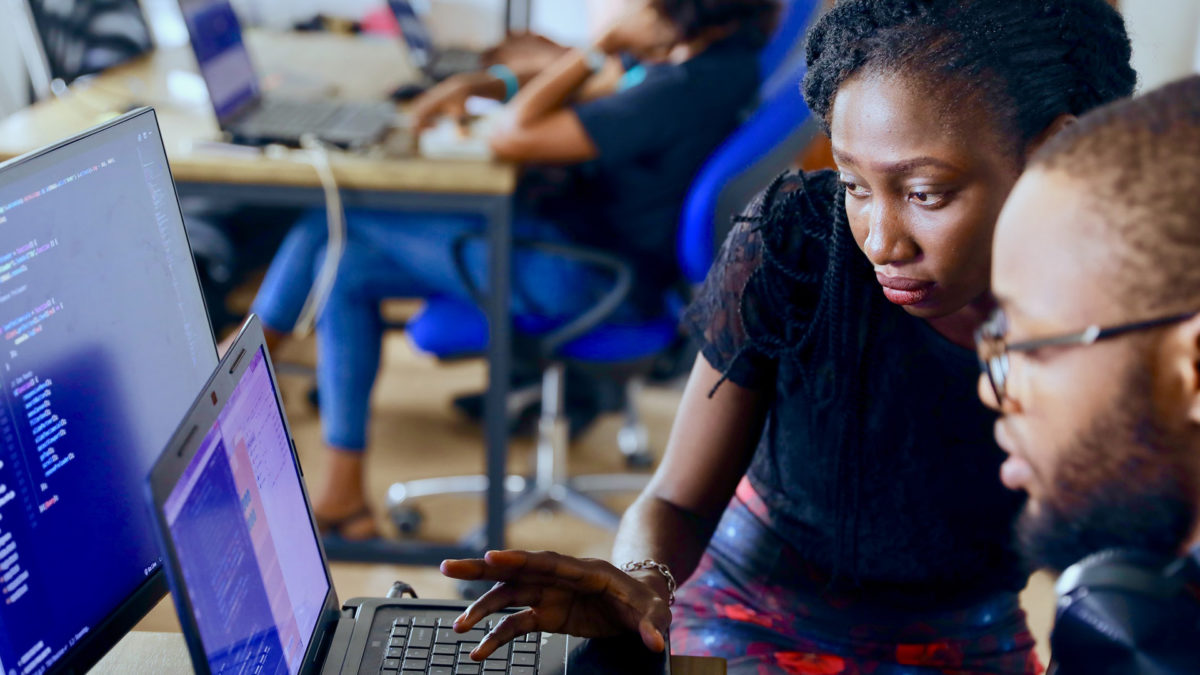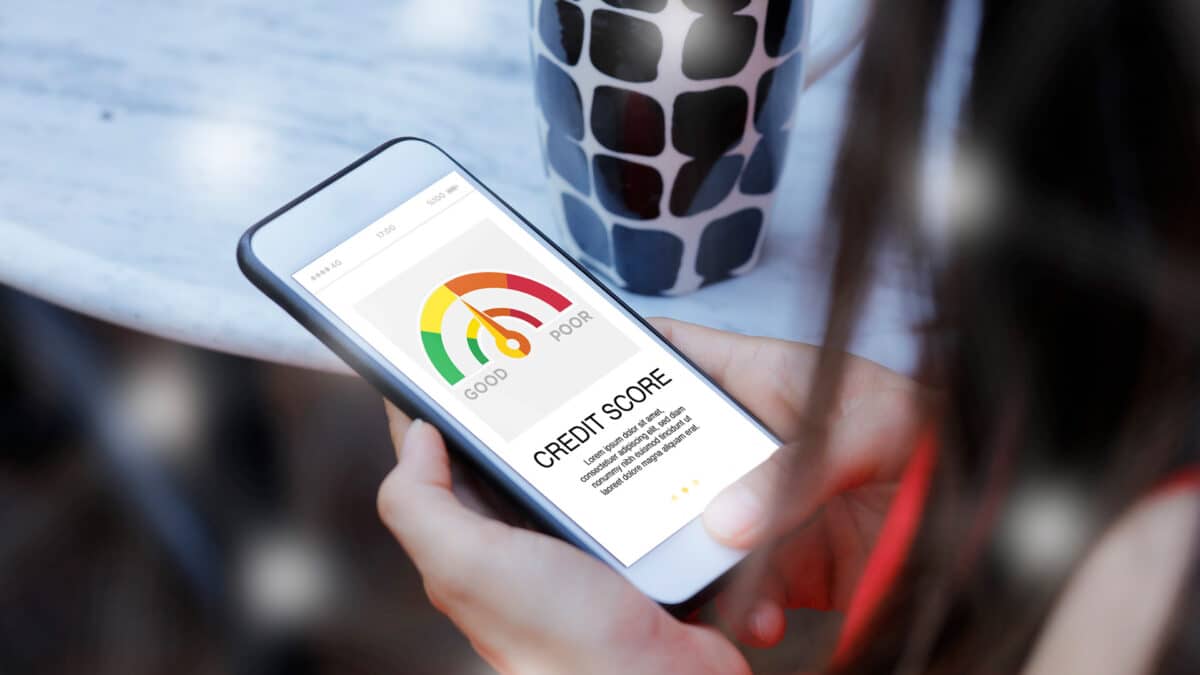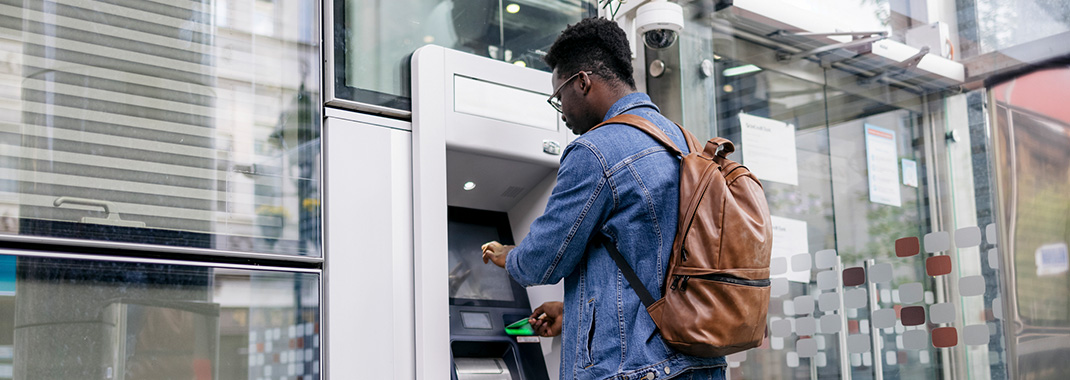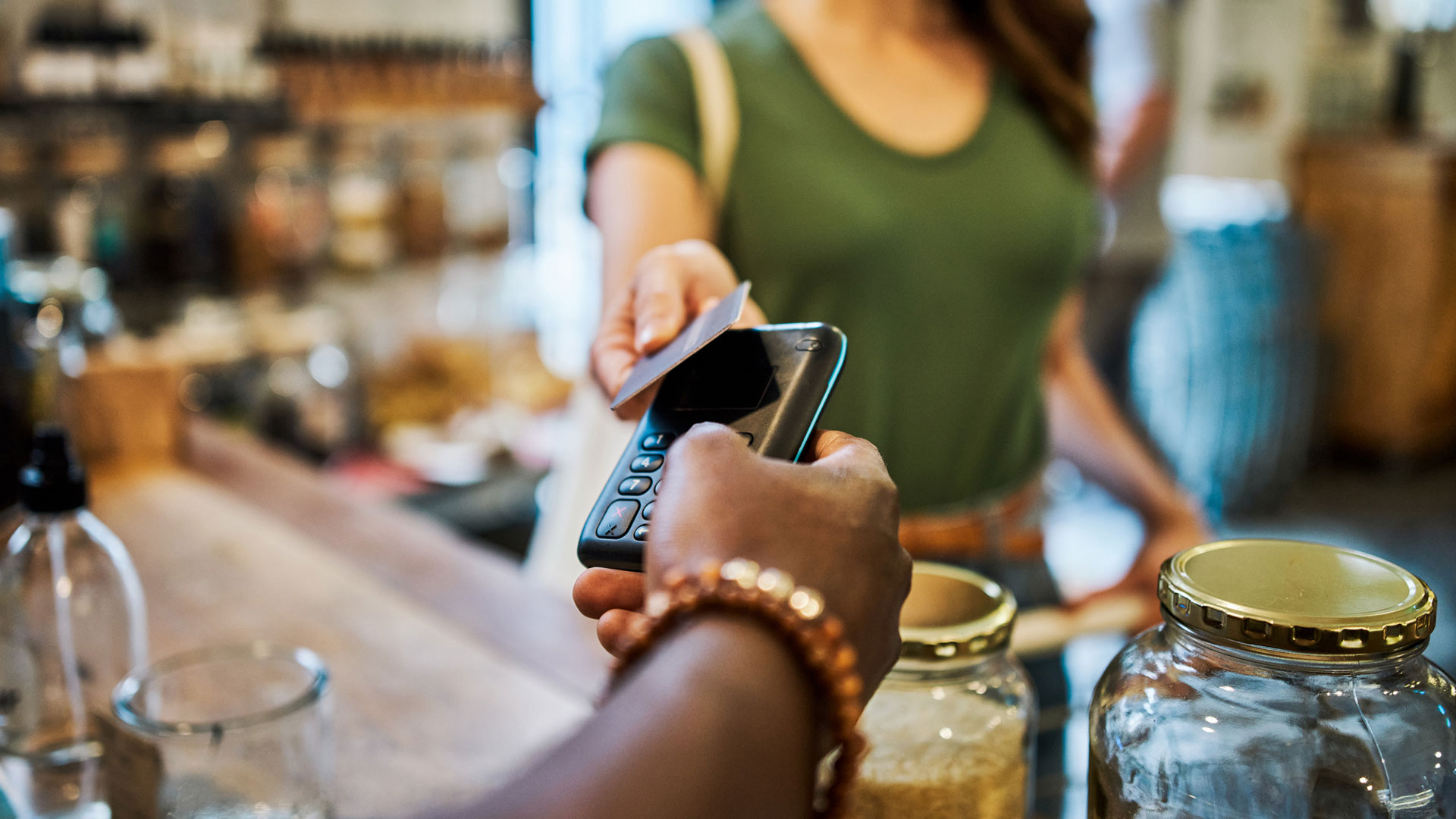Most products on this page are from partners who may compensate us. This may influence which products we write about and where and how they appear on the page. However, opinions expressed here are the author's alone, not those of any bank, credit card issuer, airline or hotel chain.
Personal loans are the Swiss Army knife of the finance world because you can use them for just about anything — even for things you wouldn’t expect, like coding bootcamps.
In 2018, that’s exactly what I took out a personal loan for — to help my husband successfully transition into a new career as a software engineer. Here’s our story and what we learned from the experience.
Why We Took Out a Personal Loan
My husband has gone through a lot of career changes in life. When I first met him, he was in the Army. After he got out, he went into construction, and then decided to go to school for a degree in construction management. A toxic work environment and bad knees from his Army days convinced him that construction wasn’t a good choice, so he set his sights on coding.
There was just one problem: it was expensive, and even after saving up for a long time, we didn’t have enough. So, in 2018, I took out a personal loan to fund my husband’s admission to a coding bootcamp in Seattle. It worked extremely well, and we became financially, emotionally and mentally stronger from the experience.
That’s not always the case with taking out new debt, though. Here’s what we did to make it work for us.
How We Made Personal Loans Work for Us
1. We Waited To Take On Debt Until We Needed It
People can take out a personal loan for many different things to improve their lives — vacations, fancy weddings, holiday shopping, etc. That’s not necessarily a bad thing if you can swing the payments, but it does have some downsides.
Whenever you take out a loan, you’ll have to pay interest and fees for the privilege of borrowing the cash. That’s the price of buying the thing you want now, versus saving up for it.
It can also make it harder to borrow money later if you really need it. If we’d taken out a personal loan to pay for a nice vacation earlier (which we definitely deserved, since we’d never had a honeymoon), we might not have been able to afford the payments on another loan later, like a training program for a transition to a better career.
2. We Saved Up as Much as We Could First
In 2016, we made the decision for him to go to the bootcamp right after he finished his degree in construction management (so that he would have some degree for his resume, even if it was too late to restart a full degree in computers). This gave us a two-year runway to save up as much as we could towards the program cost.
The total cost of the bootcamp, including a small discount for veterans, was $12,105. By the time 2018 rolled around, I’d only saved $8,340 — I was still $3,765 short. Even though it wasn’t enough to pay the full cost, it did mean I only needed a $3,765 loan, and not a $12,105 loan, which would have been far more expensive.
Besides, I also earned a lot of interest from my savings account in those two years, and that also helped propel me faster toward my savings goal. If I had decided not to save and instead take out a loan for the full amount, I would have had to pay a lender even more interest instead of earning it for myself in my savings account.
3. We Ran the Numbers
Aside from figuring out a savings target in advance, we also ran some numbers before we took the loan out as well. Here’s what we looked at:
- My credit score: One of my credit cards provides a monthly FICO score update. I then spent some time googling around the web to see what sort of interest rate I might be able to get on a personal loan given my credit score.
- My credit report: I downloaded my three credit reports from AnnualCreditReport.com to make sure there weren’t any errors that needed to be fixed before I applied for the loan.
- Potential monthly payment amount: We used a personal loan calculator to get an estimate of what our monthly payments might look like given our loan amount, interest rate and term length.
- Budget availability: Once we estimated the monthly payment amount, I went to our budget to check that the payment would work, that we had enough money leftover to cover it each month. I’ve been using YNAB for years to budget, and I have a recurring weekly item on my to-do list (which I manage using Todoist) so that I don’t forget.
- Comfort level: Once I had all the numbers lined up, we sat down and looked at them, and asked how comfortable we feel with taking on this new payment, and if we were willing to spend up to the total cost of the loan in interest and fees over its lifespan.
These steps were key. We’d taken out loans in the past and like many people, we just kind of guessed that the payments would work with our income each month (spoiler alert: they did not). Having a budget that we could use to measure up our potential loan costs was the only way we could really be sure that we could afford it.
That’s what gave us the confidence to finally apply for the loan, after we’d made so many financial mistakes before.
4. We Prioritized Paying Off the Loan Early
We ended up taking out a Discover Personal Loan. Here are the loan details at the time we took it out:
- APR: 12.99%
- Term length: 3 years
- Loan amount: $3,765
- Monthly payment: $126.86
We could have taken up to three years to pay off the loan if we wanted. That would have freed up money that we could have used for other things, like (again) going on a nice, well-deserved vacation. Instead, I hustled and worked as hard as I could to pay off the loan even earlier.
Two months after taking the loan out, I sent an additional $2,000 to Discover. I followed that up with one extra final payment two months later for $1,036, which paid off the loan entirely. All in all, I paid off the loan in four months instead of 36 months.

Paying Off Personal Loans Early: Important Things To Know
By freeing ourselves of the debt 32 months early, we made room in our budget if we needed to take out an emergency loan later. That nearly happened too; one of our kitties, Beeker, got sick and needed a $3,000 procedure not long after. If it had been much higher we might not have been able to afford it because we already would have been tapped out on our ability to take on another personal loan, and we might have had to euthanize her or give her up. But as I write this, she’s happily snoozing on our bed.
Finally, another big benefit was saving money on interest itself: we avoided $650 in interest charges by paying it off early. Of course, it did mean we needed to pay $3,000 upfront instead of only making the minimum payments and keeping that extra money for ourselves for longer. But the opportunity costs were clear: pay $3,000 extra now and save $650 long-term, or use that extra $3,000 for something fun now, and pay $650 more long-term.
5. We Used The Loan to Grow My Credit
I didn’t have terrible credit when I took the loan out, but it wasn’t really anything to write home about either. After I took out the loan, the first thing I did was sign up for autopay so that I didn’t have to remember to make the payment (I had ADHD, and remembering those things on my own is near impossible for me).
Since I was able to add another tradeline to my credit report, complete with on-time payments, I was able to use it to increase my credit score even though I paid it off early. Combined with the other good credit habits that I’ve learned over the years, like keeping my credit card balances low (I pay them off in full each month to avoid paying any interest) and avoiding taking out new debt unless I need it, I was able to increase my credit score even further.
This came in handy when it came time to buy a home recently. Because of me and my husband’s excellent credit scores — partially due to the personal loan — we could qualify for the best interest rates on a mortgage: 3.5% APR in March 2022. If our interest rate were just 1% higher (such as if our credit scores weren’t as good), we would end up paying an extra $148,000 in interest over the course of our 30-year VA loan.
Five Years Later: Still Worth It?
It’s been five years since we took out that personal loan, and I still think it was one of the best financial moves we’ve ever made. Thanks to that loan, my husband was able to get an entry-level software engineer job just three months after finishing the coding bootcamp. His starting salary was $26,000 higher than if he’d stuck it out in construction.
Moreover, he is happy, and we can’t put a price on that. His employer has recently won awards for being an exceptionally-good place to work; a far cry from his past employers in the military and construction industries. His likes his coworkers — both the remote ones at his company and the in-person ones (i.e., his kitties) that he gets to work with every day from his new home office.

